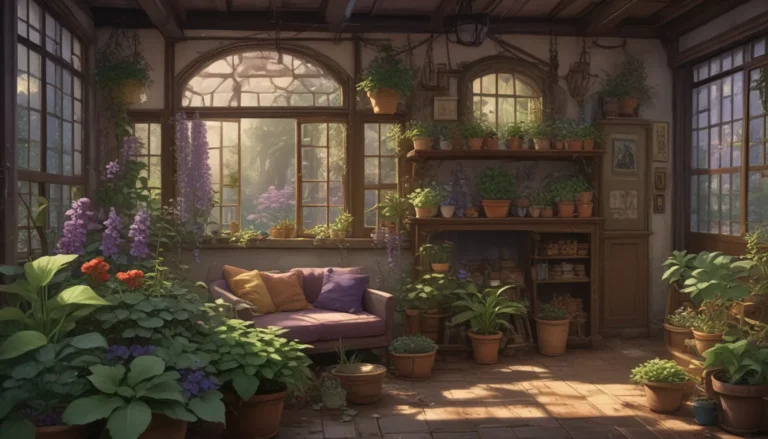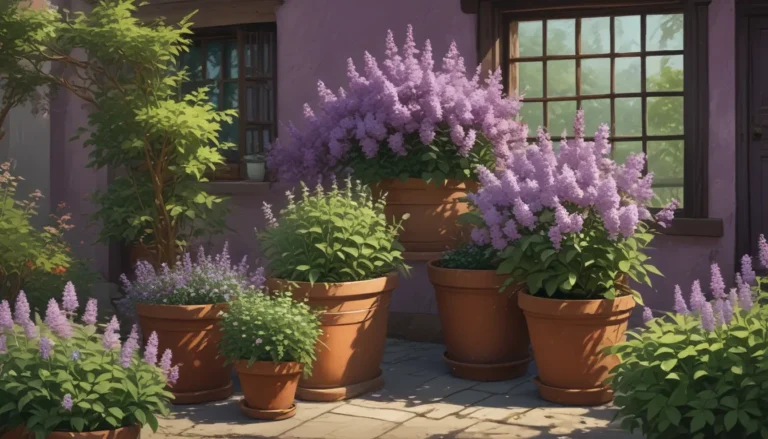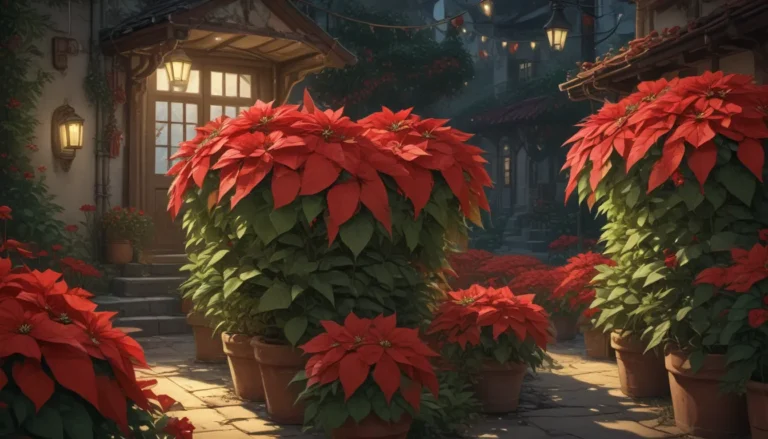How to Create the Best Potting Soil Mix for Succulents

Succulents, such as cacti, are fantastic low-maintenance plants that add beauty and color to containers both indoors and outdoors. They are easy on the eyes, but when it comes to their soil needs, they are quite particular.
These plants require a fast-draining blend to ensure they can grow healthily and vibrantly. In their native arid climates, succulents have adapted to store moisture in their leaves and stems, making them sensitive to excess moisture in their growing medium.
When planting succulents, it’s crucial to provide them with the right soil conditions to prevent issues like root rot, which can be fatal to these slow-growing plants.
Regular garden soil or potting mixes won’t suffice for succulents, as they tend to be too dense and moisture-retentive. To ensure your succulents thrive, opting for a well-draining and nutrient-rich substrate is key.
While commercial potting mixes for cacti are available, some may still be too moisture-retentive for these plants. Many growers have found success in creating their own soil mix tailored to the needs of succulents.
In this article, we will guide you through creating your own signature blend for lush succulent growth, with a texture that these plants love and easy-to-source ingredients.
The Best DIY Succulent Potting Soil
When creating a potting mix for succulents, there are several key qualities you need to consider. The ideal blend includes porous materials for aeration, fast-draining components, and nutritious organic matter for moisture retention and nutrients.
Potting Medium Qualities
The best succulent soil recipe should provide a structure that is porous, sandy, and dense enough to support plant growth. Here are the main components you need to include in your mix:
- Porous Perlite and Pumice: Lightweight and porous materials that prevent compaction and aid in drainage.
- Fast-Draining Sand: Coarse landscape sand that provides a fast-draining base.
- Nutritious Organic Matter: Ingredients such as well-aged compost and ground pine bark for nutrients and moisture retention.
When combining these elements, aim for a sandy, non-compacting, and crumbly texture in your potting mix.
The Best Succulent Soil Recipe
To create your own succulent soil mix, you will need the following ingredients:
- One part porous material (perlite or pumice)
- Two parts fast-draining sand
- Two parts organic matter (compost, pine bark, etc.)
You can adjust the quantity of each ingredient based on the size of your batch, as long as you maintain the 1:2:2 ratio. Mix the ingredients thoroughly and store any surplus in a sealed container until needed.
Porous Perlite and Pumice
Perlite and pumice are excellent additions to a succulent potting mix due to their lightweight and porous nature. These materials prevent compaction, aid in drainage, and retain moisture in their tiny vesicles.
When sourcing perlite or pumice, you can also consider using non-clumping calcined clay cat litter as a substitute. Make sure to choose non-perfumed varieties made from clay that retains some absorbency.
Fast-Draining Sand
For succulents, a sandy base with good drainage is essential. Coarse landscape sand is ideal for providing a firm structure and efficient drainage. Avoid fine-grained sand that can lead to compaction and reduced oxygen flow to the roots.
You can also explore alternatives such as crusher dust, granite grit, ornamental pearls, bonsai pebbles, poultry grit, or turface for your mix.
Nutritious Organic Matter
Organic materials play a crucial role in succulent soil mixes by providing nutrients, moisture retention, and texture. Ingredients like compost, ground pine bark, and coconut coir can be used to create a nutrient-rich base for your succulents.
Avoid heavy and moisture-retentive aggregates like garden topsoil, and opt for well-draining organic matter that wets easily and promotes root health.
Tips for Healthy Plants
While succulents are generally low-maintenance, following these care tips will help ensure your plants thrive in your DIY potting mix:
- Use containers with drainage holes to prevent root rot.
- Lightly moisten your blend when transplanting for easier handling.
- Water only when the soil is completely dry to avoid overwatering.
- Use a catchment saucer to monitor water levels and avoid excess moisture.
- Feed monthly with a balanced fertilizer designed for succulents to support growth and health.
By following these tips and using a well-balanced succulent soil mix, you can help your plants grow and flourish in their new environment.
A Special Blend for Succulents
Creating a custom potting mix for succulents is a rewarding experience that can lead to healthier and more vibrant plants. By balancing porous, fast-draining, and nutrient-rich elements, you can provide the ideal growing conditions for your succulents to thrive.
Experiment with different combinations of materials based on the recommendations provided in this article, and keep a close eye on your plants’ growth and health. With the right care and attention to soil quality, your succulents will reward you with beautiful displays of color and texture.
Do you have a favorite potting mix recipe for succulents? Share your tips and experiences in the comments below, and let’s continue to learn and grow together.
For more specialized information on succulent care and cultivation, be sure to explore our other guides on growing and caring for these unique plants.
In conclusion, creating a custom potting mix for succulents can be a fun and rewarding process that enhances the health and vitality of your plants. By following the guidelines outlined in this article and experimenting with different combinations of materials, you can create the perfect soil mix for your succulents to thrive. Happy planting!





